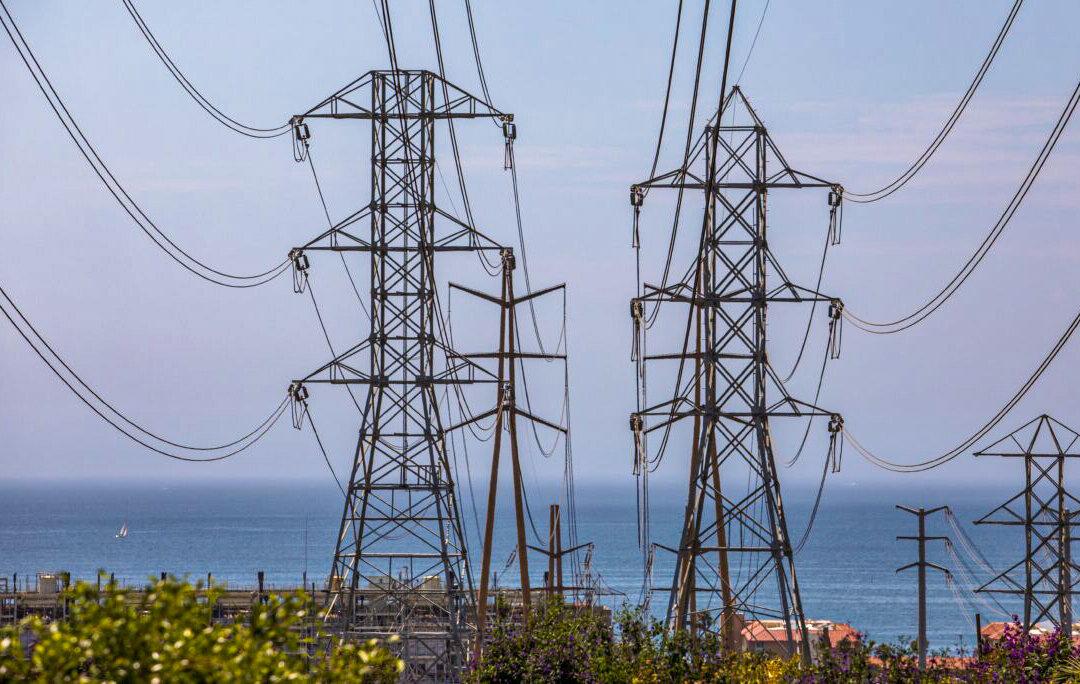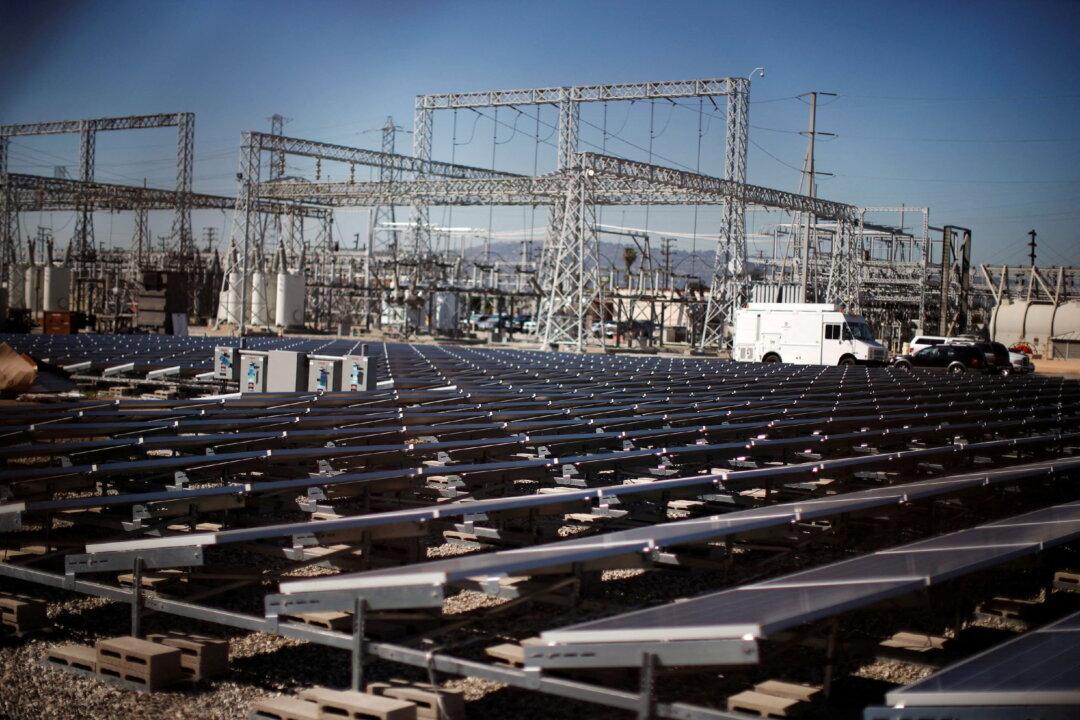Commentary
California’s unreal vision of an ecotopian future finally may catch up with it this summer. That’s according to numbers in the new “2022 Summer Reliability Assessment” from the North American Electric Reliability Corporation. It covers the four months of June-September 2022 for the six Regional Entities, with California in the Western Electricity Coordinating Council, which covers the Western states.





